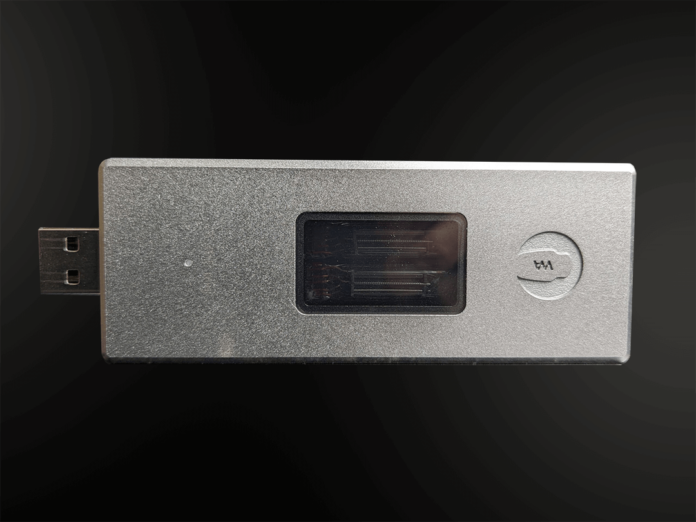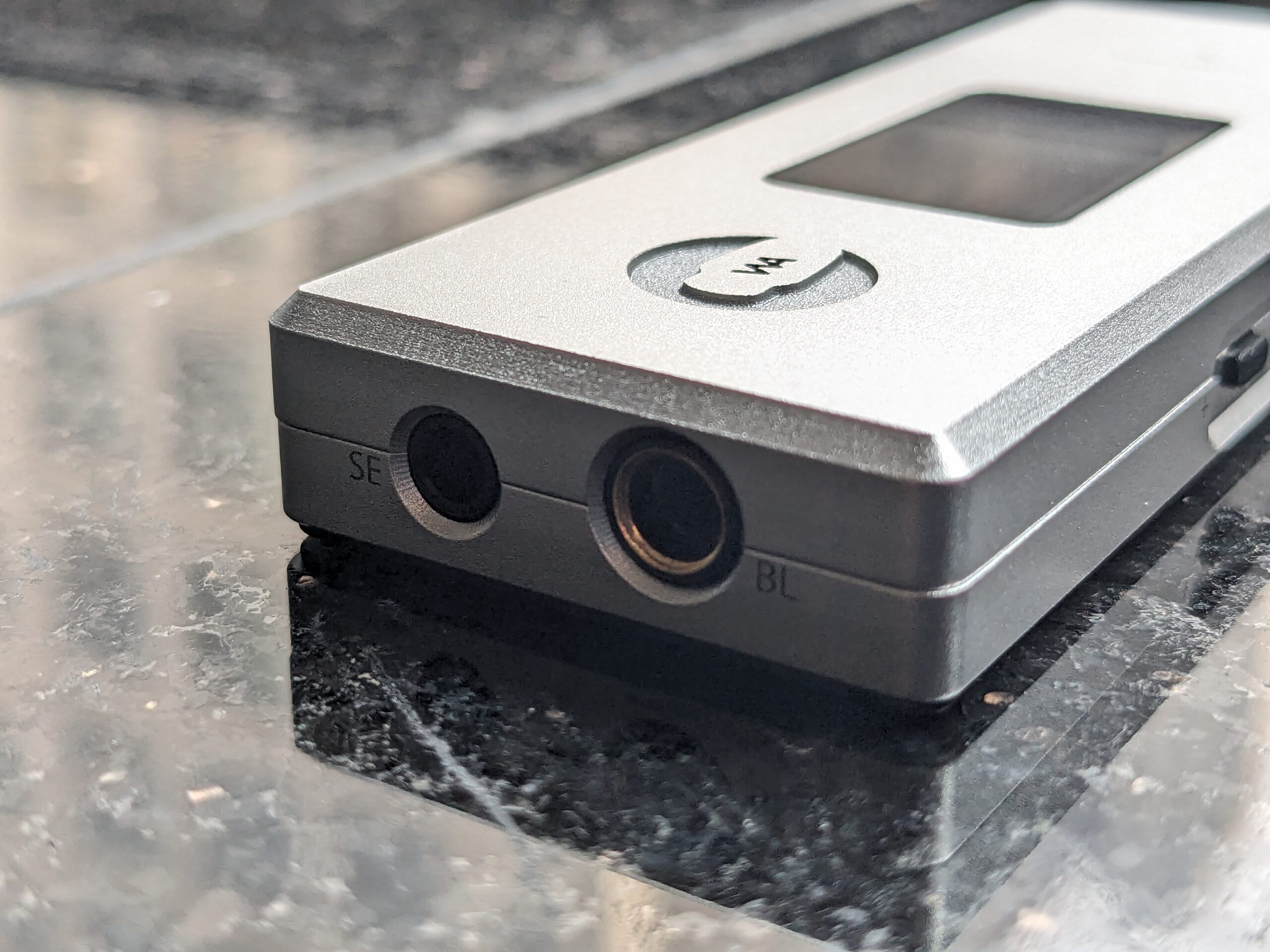Woo Audio Tube Mini DAC/Amp Review: Portable Tubes for Noobs and Pros
We’re going to be taking a dive into the new Tube Mini from Woo Audio, a portable DAC/tube amp retailing at a surprisingly attainable $500. If you know of Woo Audio, you might know them for their flagship WA33 tube headphone amp, the more affordable WA6, or their other portable tube amp/DAC, the WA11 Topaz. With the Tube Mini, Woo Audio is giving plebian audiophiles like myself a glimmer of hopeful curiosity. Can you really get a bonafide tube amp for $500 – and in such a small package? Let’s get into some of the Tube Mini’s design and technicals, what it’s like to actually use it, and some subjective impressions of my listens.
What’s In the Box?
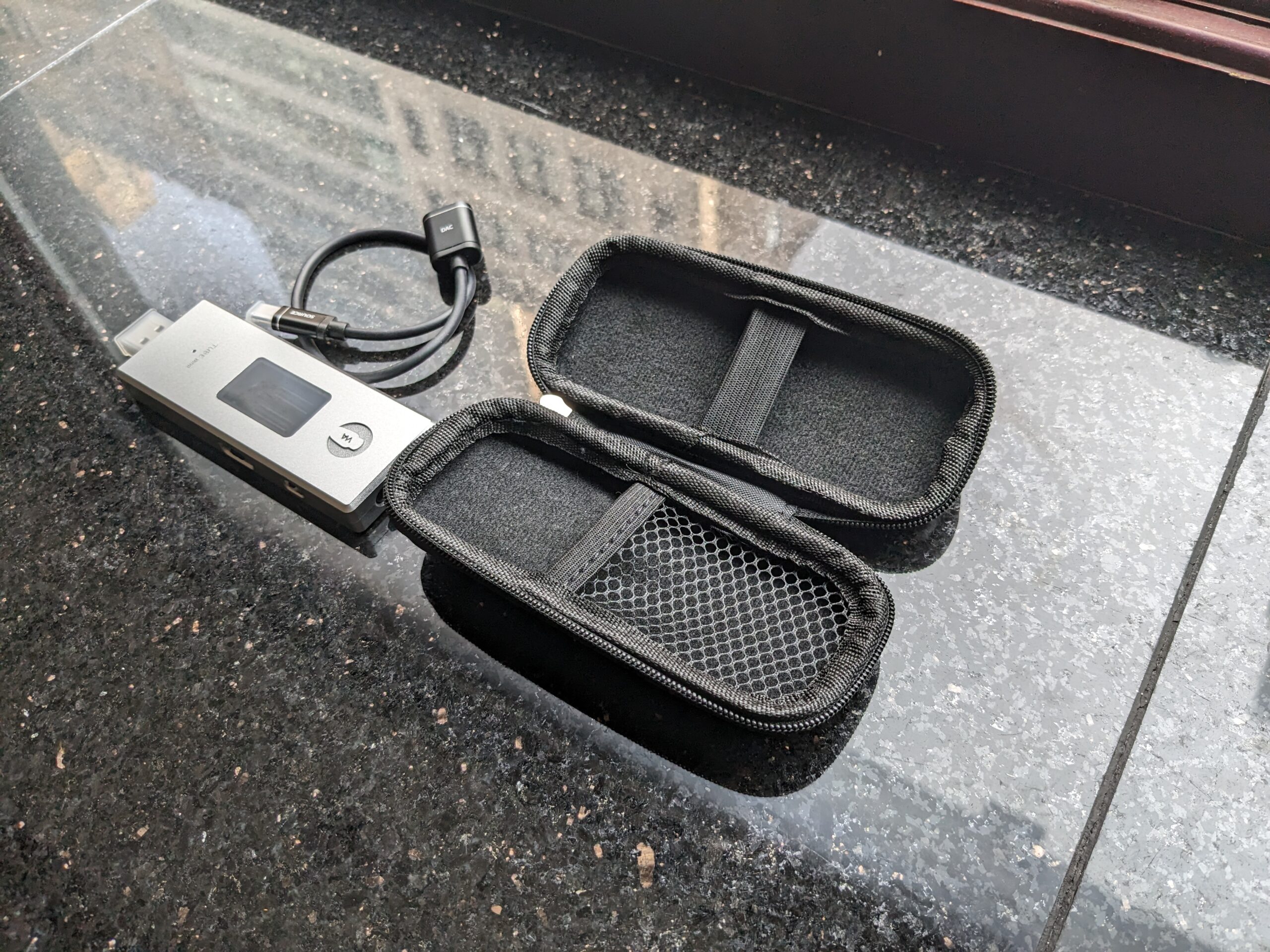
- Woo Audio Tube Mini
- Semi-firm Carrying Case
- USB cable (female USB-A to male USBC)
The Basic Functions and Features of the Woo Audio Tube Mini
- An unbalanced 3.5mm output
A balanced 4.4mm output - A play button
- Volume up and volume down buttons
- A switch to flip between balanced and unbalanced outputs.
- USB-A male connector.
Technical Overview
The Woo Audio Tube Mini is an all-in-one DAC and amp. The core of it’s technical performance is what Woo Audio calls Mighty Drive; in short, Mighty Drive combines the power provided by solid state designs with the tonal warmth of traditional vacuum tubes.

Woo Audio isn’t cutting corners on the tubes, which they say are military-grade and can last through several thousands of hours of play time. On the structural design side of things, the tubes in the Tube Mini are suspended on springs, which serve as a shock mount that partially negates traumatic impacts as well as some of the microphonic effects of movement (more on that in the next section).
Set Up and Using the Woo Audio Tube Mini
“Ah why did it pop? Why is it ringing? Why is it crackling?” – Things you will probably say if you eagerly skipped reading the instructions for Woo Audio’s Tube Mini.
The Tube Mini is a bit finnicky, but I ultimately find it hard to hold that against it for reasons that I’ll get into in a moment.
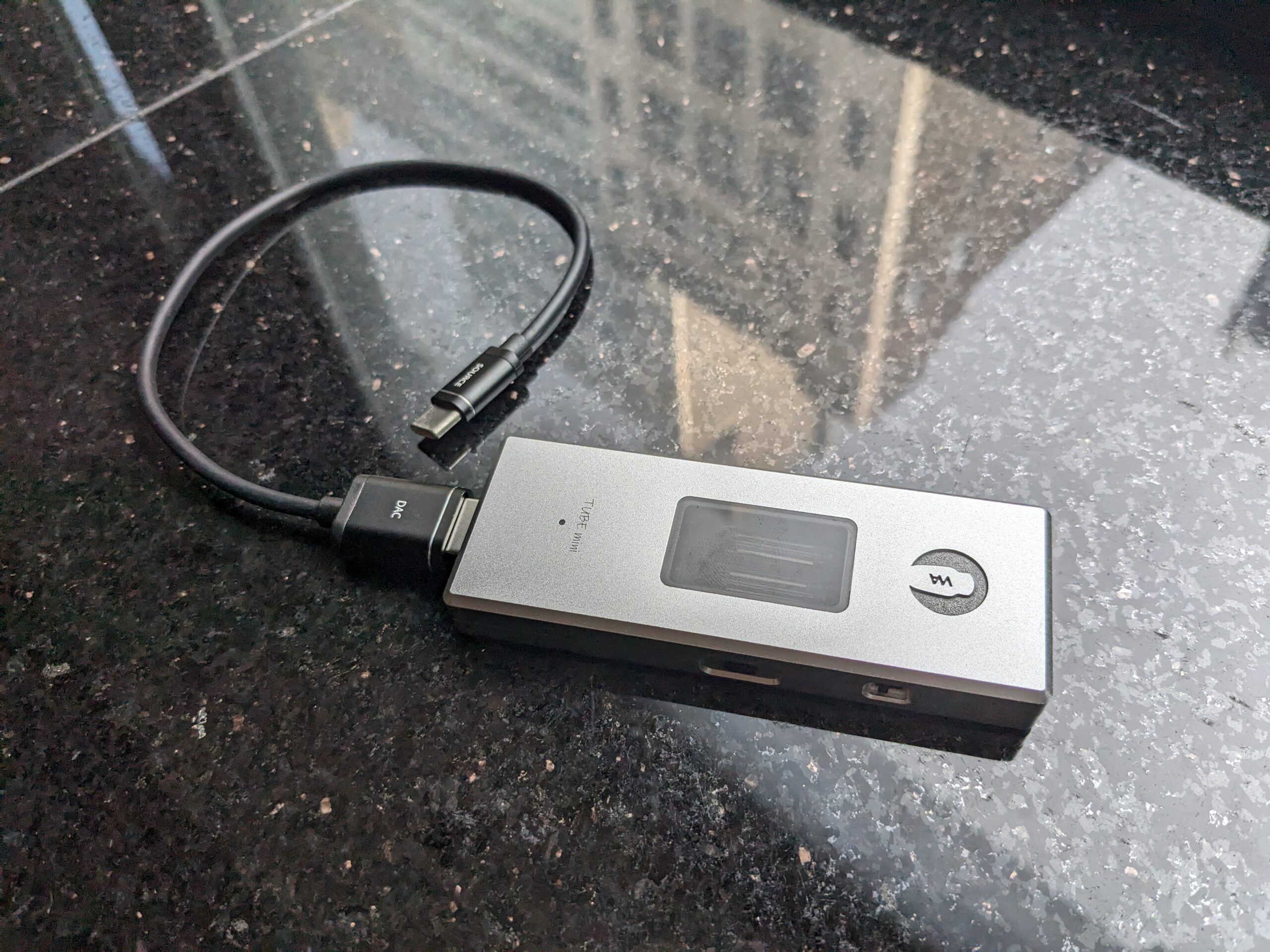
If you move the amp, you’ll likely hear a moderate ringing in your headphones. If you plugged your headphones directly into the active output when powering it on, or before powering it on, or when, you’re going to hear an unpleasantly loud pop. And if you’re listening to streamed music on a cellphone with the amp right next to your device, you might even hear moments of background static.
So, why am I not eviscerating the Tube Mini for these issues? Because Woo Audio is entirely up front about all of this in the provided instructions, and tells you exactly how to avoid these issues when listening with the Tube Mini.
The ringing from movement? Well, while the amp is certainly portable, it’s not a to-go sort of unit. You’re supposed to have the amp on a stable surface when using it.
The popping sounds from incorrectly connecting your headphones or changing between balanced and unbalanced outputs? Set the amp to the opposite setting your desired output, power it on, connected your headphones to the amp, then flip the switch to the output you will actually be using. This might be a bit unconventional for the people making the Tube Mini their first tube amp, but is it particularly cumbersome? No, I can’t say that it is – just a matter of remembering.
And finally, the background static when listening to streamed music? This is surely the tell-tale sign that something is wrong, right? Not really, Woo Audio covers this as well. The vacuum tubes are particularly sensitive to electromagnetic interferences from cellular signals, and Woo reccomends listening to offline music with the Tube Mini.
So if you were thinking that the Tube Mini was a fun little piece you can throw in your pocket for some portable vintage coloration on the go – nah, we’re not not quite there yet. The Mini’s appeal lies more in the ability to take it with you wherever you go, and then quickly and easily setting it up once you’ve reached a more stable environment at your destination. In other words, take it out when you get to your office – not on the commute. Be nice to the Tube Mini and the Tube Mini will be nice to you.
Is the Woo Audio Tube Mini Powerful?
Woo Audio touts the Tube Mini as being able to drive the most demanding headphones – even the HiFiMAN Susvara.
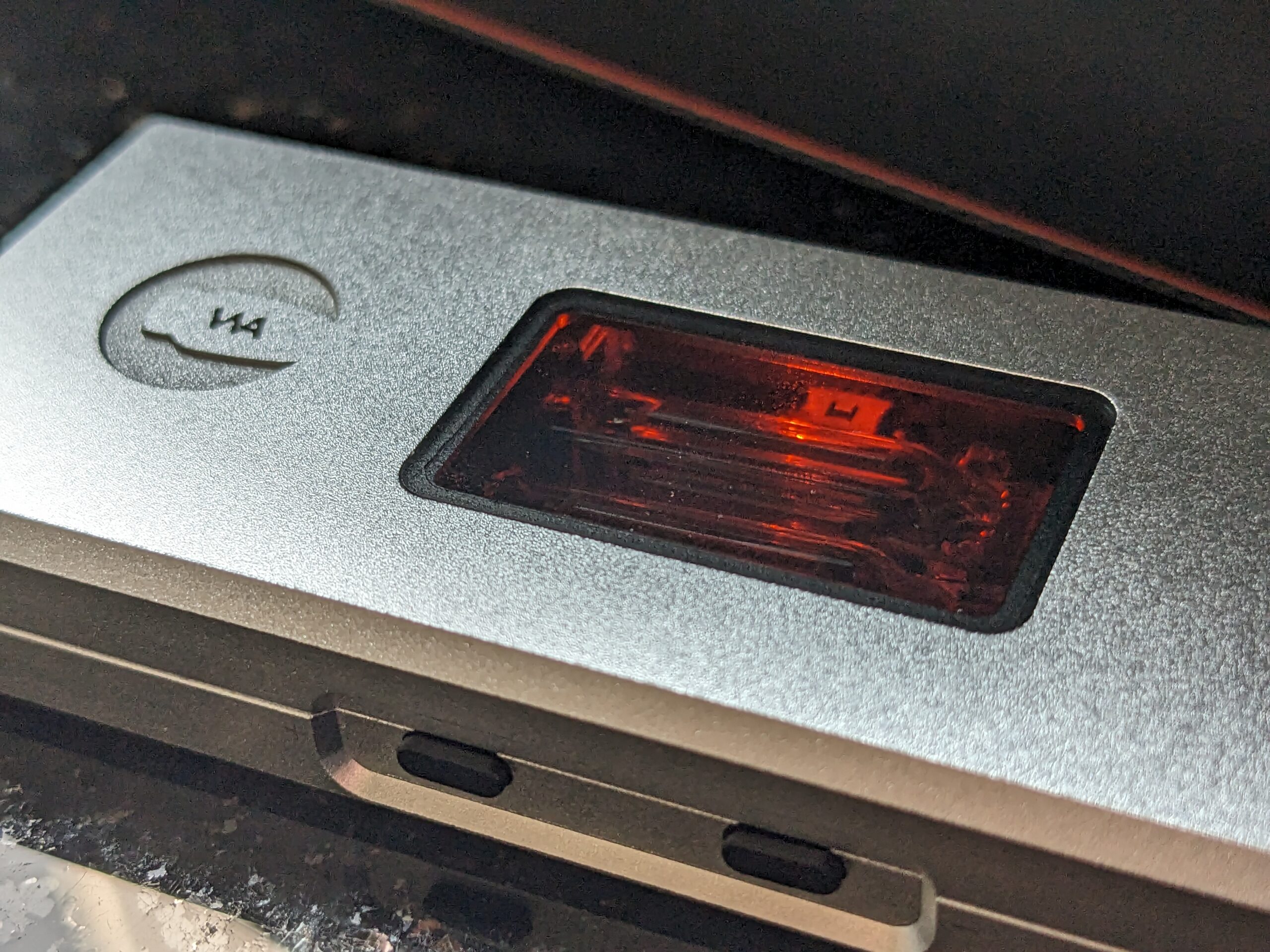
Hopefully you can forgive me for not being able to get my hands on the Susvara to put the Mini to a direct test. Instead, I tested the Tube Mini’s power with other hard-to-drive pairs of headphones: Dan Clark’s Expanse, Sennheiser HD800 S, and the 600 ohm Beyerdynamic DT880. Let me cut to the point: Woo Audio wasn’t lying. The Tube Mini packs a wallop, and was able to adequately drive all of the headphones I threw at it. Even without considering the tubes in the unit, the power output alone is a very impressive feat at this size and price point.
Woo Audio Tube Mini Sound Impressions
Again, I’m going to be a little brief here. Rather than getting into the particular sonic idiosyncrasies and specific tube personality of the Tube Mini, I’m going to address what I think is a better question for a product like the Mini: does it actually – actually – deliver tubular goodness?
Again, the answer here is a simple but definite yes.
I even played the Mini for a friend of mine who had never before heard a tube amplifier. This is some one who I’ve shown higher end dongles like Astell&Kern‘s HC2 and the Questyle M15, and who was eager to tell me they heard absolutely no difference in sound quality. With the Tube Mini, however: “What makes this one sound so good?”
Tubes, Leon. It’s the tubes.
Look, tube amps are one of the snobbier arenas in this hobby – no offense to the tube enthusiasts. I went into this review ready to say that the Woo Audio Tube Mini is simply a good tube for beginners. I still say that, but want to add that the Tube Mini is a great piece for the tube heads who want to keep a seriously solid tube tone in their pocket. Is it going to sound as good as your WA33? No, you psycho, but it delivers all the hallmarks of the tube sound: warm low ends, lush midranges, rounder sound stages, smoother treble, etc.
I also want to note that incorporating the Tube Mini into my current at-home set up yielded the best tonal results. Running the Tube Mini into a headphone amp allowed me to max out the tube amplification, thus maximizing saturation, while controlling my listening levels through the amplifier. But to be clear: you don’t need to do this to hear all the nice things the Woo Audio Tube Mini is doing. Listening directly through the Mini, even with easy-to-drive headphones like my personal Meze 109 Pro, provided apparent timbre enhancements.
Overall
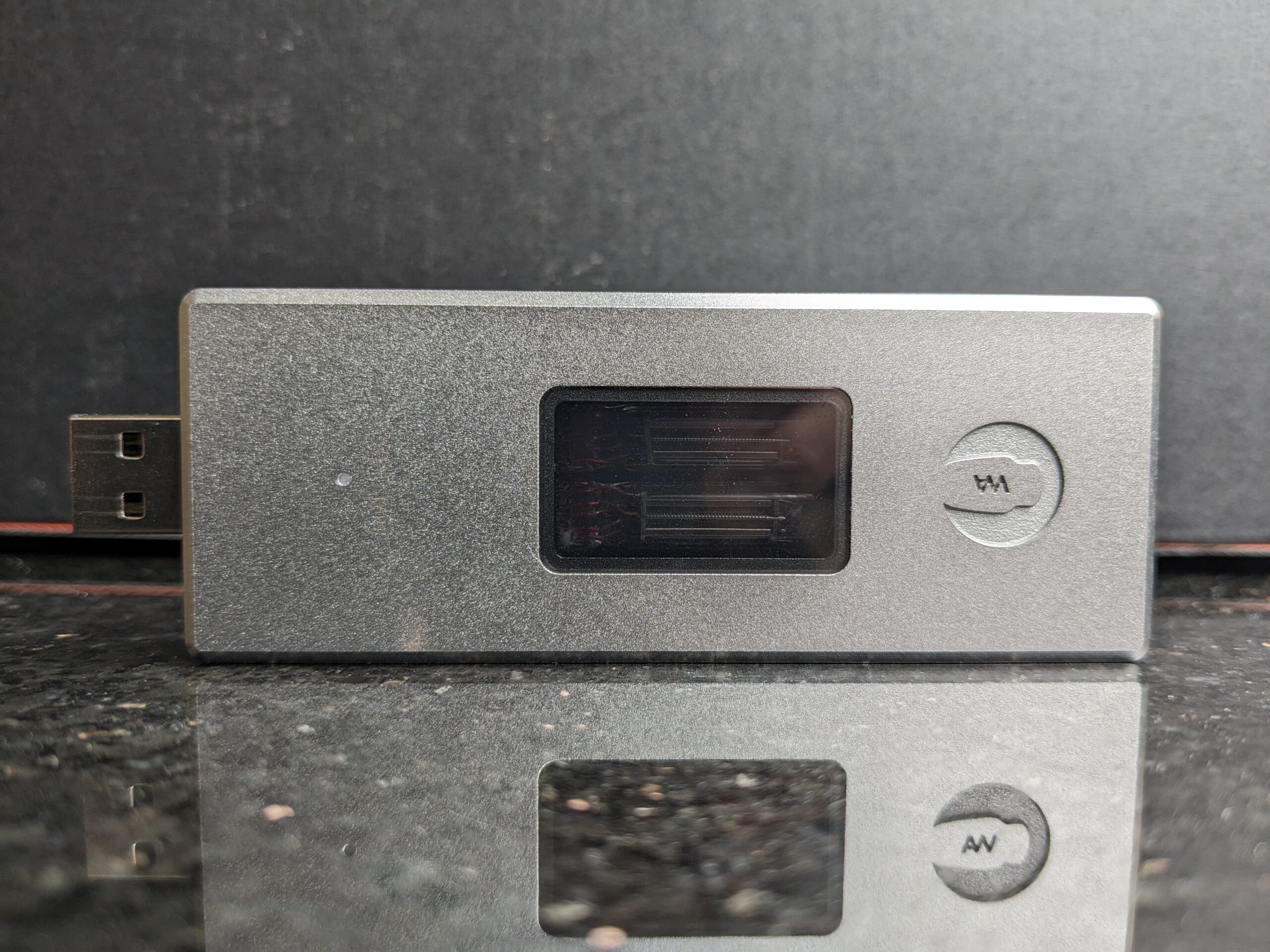
Woo Audio’s Tube Mini pulls off the very impressive feat of being a tube amp that’s as affordable as it is portable. Better still: it’s not a gimmick, as it actually sounds fantastic. It’s combining the best of the new (a high res DAC with DSD and MQA functionality) with the old (vacuum tube analog warmth). Though using the Tube Mini takes a little extra care and mindfulness than your standard dongle or desktop DAC, the benefits are abundantly worth it. Props to Woo Audio for bringing high quality tubes down to a price point that the mid-fi crowd can afford, and to a size that the HiFi crowd can take with them.

Order the Woo Audio Tube Mini here from Audio46.
Compare the ranking of various headphones, earbuds and in-ear monitors using our tools.
Discuss this, and much more, over on our forum.
---MAJORHIFI may receive commissions from retail offers.


